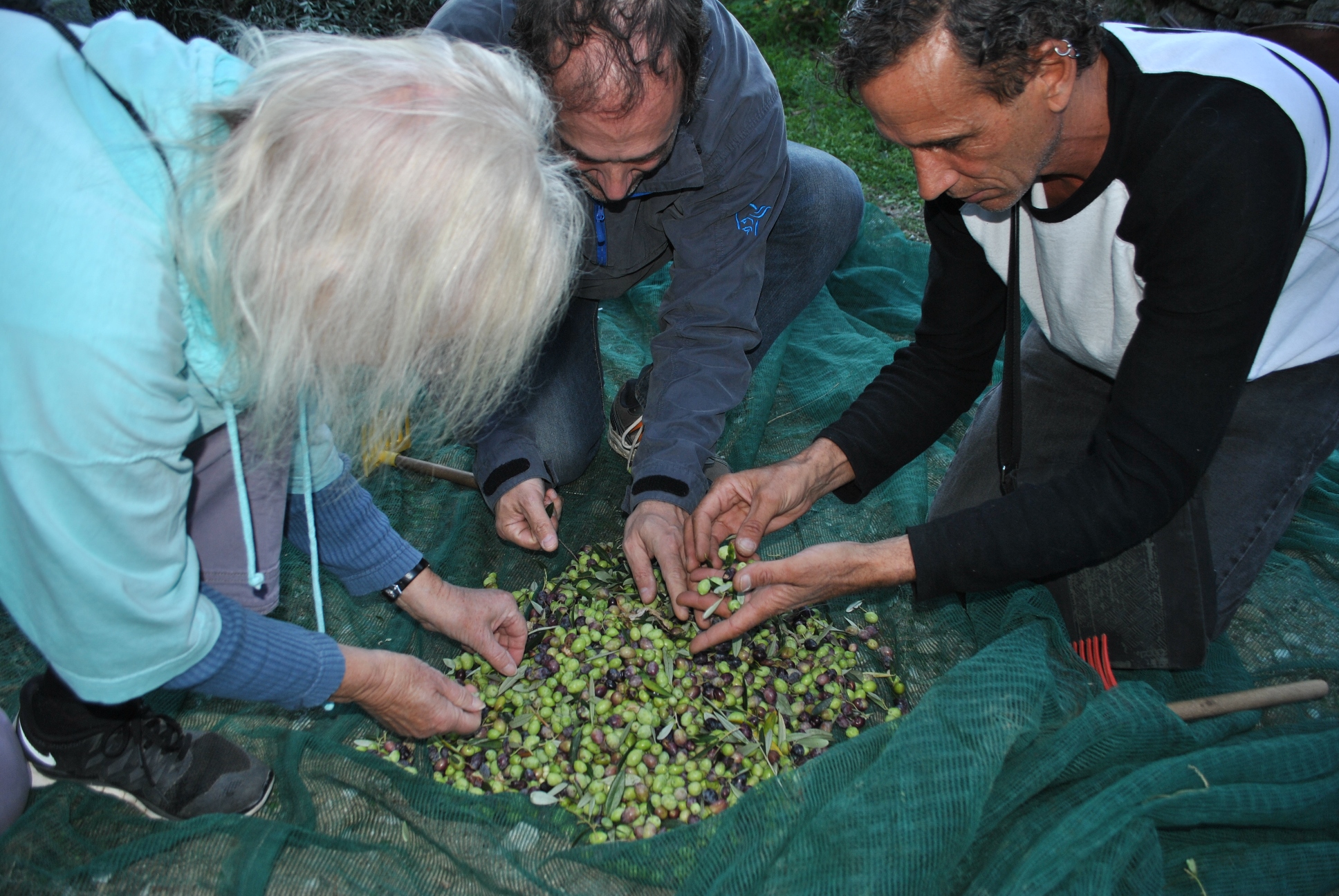One of Greece’s most unusual yet beautiful islands, Ikaria has much to offer visitors. Its forests, mountains and beaches combine with the island’s many legends, foibles and traditions in a spectacular Aegean cocktail.
Named after Ikarus, who flew too close to the sun and plunged into the sea here, Ikaria is 40kms long and just 8kms wide. With the mighty Atheras towering to over 1000 metres, there are some dizzy drops, especially when crossing the island from the main port, Ayios Kirikos.
This short piece will summarise just some of the island’s more alternative activities, available through ‘Discover Ikaria’. See the activities below and visit their website for more details on how to book.
Short and easy walks in nature
Easy walks in Ikaria’s unique landscape, supported by local nature guides specialized in the interpretation of natural and historical heritage are available throughout the year. These walks are suitable for anyone who has a basic level of fitness, hiking experience is not necessary. Walking is on dirt roads or, well-maintained rocky footpaths.

Observation of the flora and fauna of the island
Ikaria has worked hard over the years to preserve its natural beauty, authentic landscape and wilderness. It’s one of the most unique islands in Greece and its mountains, green forests, flowery hills, clear rivers, waterfalls, wetlands and valleys provide home and shelter for many rare species of plants and animal species alike, some of them can only be found in Ikaria.
Visitors can take the opportunity to visit the southern part of the island, an area not to be missed. The region’s great lime rocks of Atheras are decorated with unique species’ such as the Paeonia mascula cariensis and Iberis runemarkii.

Harvesting seasonal produce (wild greens, herbs, wild mushrooms, olives etc.)
Ikaria’s wild nature and farms produce a great variety of wild greens, herbs, fruits and nuts throughout the year. These excursions will show you how to recognise and forage for produce by the seashore, in mountain forests, flowery fields or at local farms and learn how the local’s use the ingredients in their cooking, teas and for medicinal purposes.
The nature and subject of the excursions alternate as the season progresses and the different harvest times arrive. In May and June, oregano, savory and thyme are maturing and St John’s wort, hawthorn and elderberry are in bloom. Early cherries, sour cherries and greengages can also be found in the orchards.
July and August are the months when wild fruits are plentiful. Plums of all sizes and colours, prickly pears, juicy pears, peaches, colourful greengages, apricots, white and black figs can be found in the orchards whilst wild berries grow along fences, paths and beaches. Ikarians make the most of this seasons’ abundance of produce and use it to prepare jams, syrups, dry fruits and liqueurs.
September and October are the months for harvesting olives, apples, pears, along with grapes, persimmons and quinces from the orchards, not to mention the walnuts and chestnuts from the forests.

Visiting beekeepers and tasting local honey
Ikaria is famous for its high quality honey and the healing qualities it possesses. Local honey is proven to have anti-cancer, anti-inflammatory and anti-bacterial properties all of which probably contributes to the long life-expectancy and lack of certain diseases among the people living on the island.
You will visit local beekeepers to get an insight into beekeeping and the equipment needed to harvest honey. You can learn more about bees and the honey production process, along with how to interpret the right environment for them to thrive. This activity takes you through the key steps to get know bees, their lifecycle, their role in nature and the rich flora of Ikaria which offers different varieties of honey, some of them renowned around the world, like pine and autumn heather honey.

For more information and other activity ideas visit Discover Ikaria’s website.




